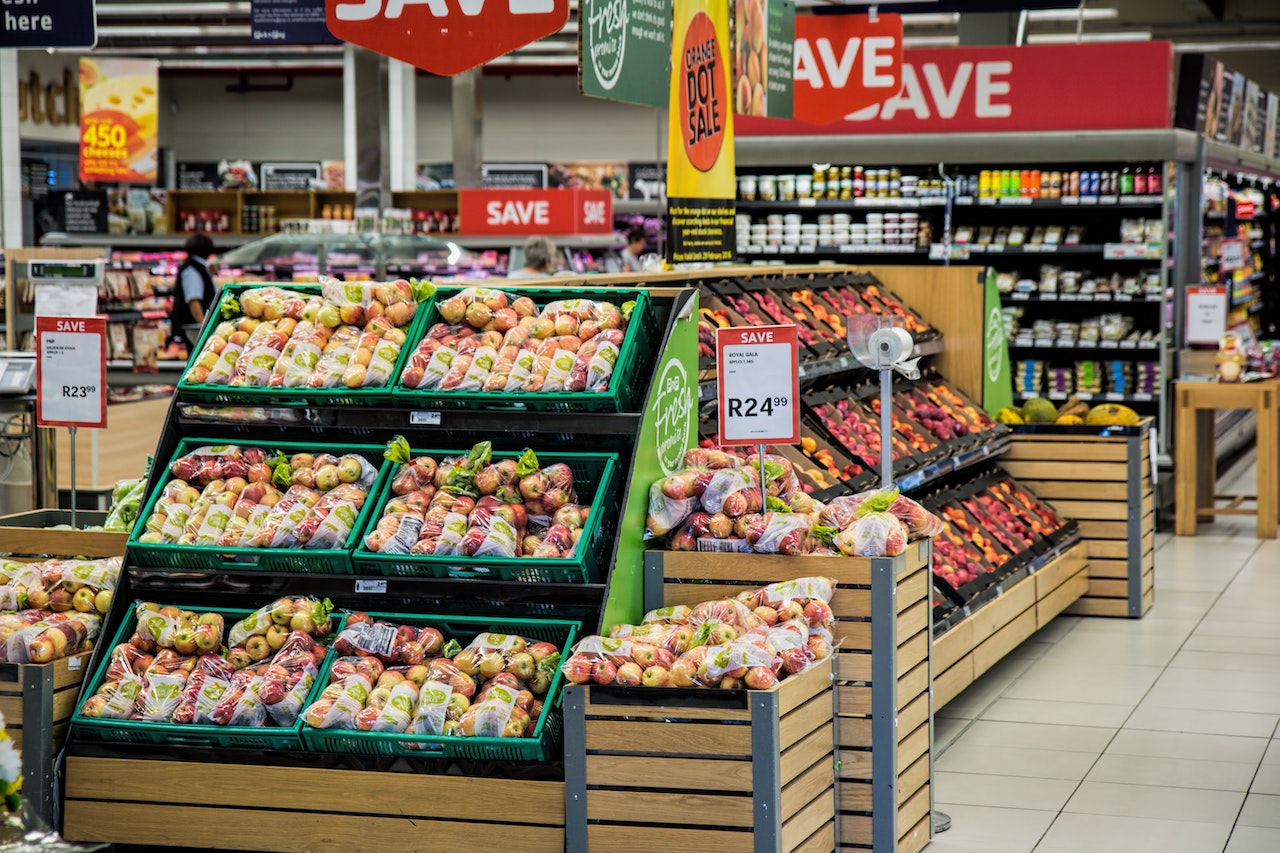Food has always been a universal language, transcending cultural boundaries and bringing people together. In the 21st century, as the world becomes more interconnected, the food industry has undergone a remarkable transformation driven by globalization and technology. One of the pivotal factors that has reshaped the industry is localization—the process of adapting products, menus, and marketing strategies to suit the preferences and cultural nuances of specific regions. This article delves into how localization has evolved into a crucial aspect of the food industry in the 21st century, shaping the way we experience and enjoy culinary delights from around the world.
From Global to Glocal: The Evolution of Culinary Preferences
In an era of easy access to information and the rise of international travel, people's palates have become more sophisticated and curious. As a result, consumers are increasingly seeking authentic food experiences from various cultures. This has led to the rise of "glocal" cuisine—a blend of global and local influences that cater to diverse tastes while retaining a distinct regional identity. In response, restaurants, food manufacturers, and culinary brands have turned to localization to capture the essence of traditional dishes while making them appealing to local preferences. This goes beyond mere translation; it involves understanding the unique flavors, ingredients, and presentation styles that resonate with a particular audience.
Product Localization: A Recipe for Success
At the heart of the food industry's localization efforts lies product localization - a practice that extends beyond adapting menus to encompass the creation of products that cater to specific markets. For example, international food brands now offer localized versions of their products to suit regional tastes and dietary habits. From adjusting spice levels in snacks to introducing new flavors that align with local preferences, product localization ensures that every bite is a reflection of the culture it's meant to serve. This approach not only enhances customer satisfaction but also fosters a sense of familiarity and connection with the brand.
Cultural Nuances in Marketing and Communication
In the digital age, marketing and communication strategies play a pivotal role in the food industry. From social media campaigns to influencer collaborations, the way a culinary brand presents itself can significantly impact its success. This is where localization steps in. Food brands are increasingly tailoring their marketing efforts to resonate with specific cultural contexts. This involves using language that connects with the target audience, employing imagery that reflects local customs, and highlighting ingredients that are cherished in that region. By doing so, brands not only enhance their relevance but also create an emotional connection that resonates with consumers on a deeper level.
The Fusion of Technology and Culinary Innovation
The rise of technology has not only accelerated the globalization of food trends but has also fueled the localization movement. Apps, websites, and online platforms have become powerful tools for culinary exploration and discovery. By integrating location-based services, these platforms offer personalized food recommendations, local dining experiences, and even cooking tutorials that cater to individual tastes and preferences. This fusion of technology and localization allows consumers to navigate the vast culinary landscape, experiencing global flavors while remaining rooted in their own cultural context.
From Street Food to Michelin Stars: A Global Feast of Diversity
Whether it's savoring street food in Bangkok, indulging in sushi in Tokyo, or enjoying a fusion dish in New York, the food industry in the 21st century is a testament to the diversity and creativity of culinary expression. Localization has played an integral role in this gastronomic evolution, ensuring that every dish, every product, and every dining experience is a reflection of the region's cultural identity. As the world becomes more interconnected, the food industry continues to celebrate and embrace its rich tapestry of flavors, driven by the harmonious blend of global influences and localized expertise.
Localizing Traditional Techniques and Ingredients
Localization in the food industry isn't just about adapting existing recipes—it also involves embracing and preserving traditional culinary techniques and ingredients. As globalization introduces diverse cuisines to new audiences, chefs and food artisans are taking the initiative to incorporate authentic flavors and cooking methods from different regions. This might involve sourcing unique spices, herbs, or produce that are integral to a particular cuisine and using them in creative ways that resonate with local palates. By paying homage to these time-honored practices, the food industry celebrates cultural authenticity and provides an immersive experience for diners.
Sustainability and Seasonality: A Localized Approach
The drive toward sustainability and a heightened awareness of the environmental impact of food production have influenced the way the food industry approaches localization. Restaurants and food producers are increasingly prioritizing locally sourced and seasonal ingredients. This not only supports local farmers and reduces the carbon footprint associated with transportation but also aligns with the idea of culinary authenticity. By creating menus that showcase ingredients available within a specific region and season, the food industry demonstrates a commitment to sustainability while offering a taste of the local terroir.
Cross-Cultural Collaborations and Fusion Cuisine
While localization often involves celebrating a region's culinary heritage, it has also paved the way for exciting cross-cultural collaborations and fusion cuisine. Chefs and culinary experts are finding innovative ways to blend elements from different cultures, resulting in dishes that are both familiar and exotic. This culinary experimentation fosters creativity and appeals to adventurous palates. As a result, food enthusiasts can enjoy dishes that reflect the interconnectedness of the modern world, where flavors and techniques from various regions coalesce to create something entirely new yet deeply rooted in tradition
The Inclusive Future of the Food Industry
Localization's journey in the food industry reflects a broader societal shift towards inclusivity and diversity. By embracing global influences while remaining sensitive to local preferences, the food industry demonstrates its commitment to serving diverse communities. In an age where cultural appreciation and understanding are valued more than ever, the role of localization in the food industry goes beyond culinary delight—it promotes shared experiences, cultural exchange, and the celebration of our interconnected world through the universal language of food.
Conclusion
In a world growing more interconnected, where food has always transcended cultural barriers, the 21st-century food industry stands transformed by globalization and technology. Central to this metamorphosis is localization—an adaptation of products, menus, and marketing to specific regions. This article delves into the pivotal role of localization in shaping the contemporary food industry, uniting global flavors and local tastes while underscoring our shared culinary experiences across the world. From the rise of "glocal" cuisine that blends global and local influences to product localization reflecting regional preferences, from culturally nuanced marketing to the fusion of technology and culinary innovation, the industry finds its dynamism in embracing diversity. As chefs preserve traditions, cross-cultural collaborations ignite creativity, and sustainability blends with seasonality, the food industry champions inclusivity and shared experiences. Localization becomes the universal language that binds us through the diverse tapestry of flavors, making every meal a bridge to understanding and appreciation in our increasingly diverse global community.






































